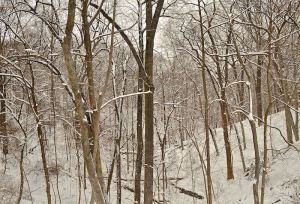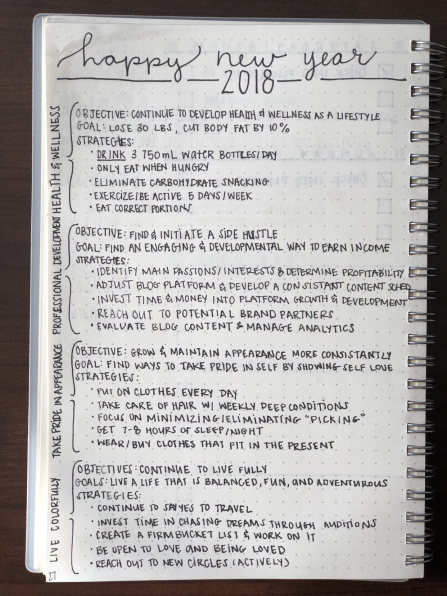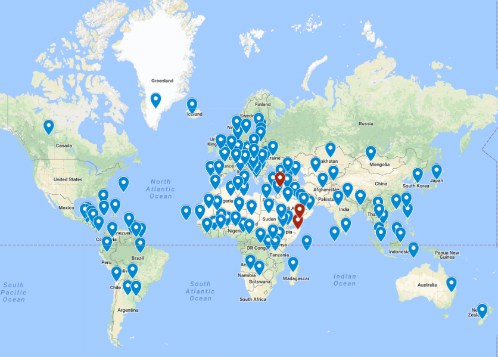 The City & the City is a standalone novel from China Miéville, which is set in the twin cities of Beszel and Ul Qoma, which exist within the same space. This is not in any supernatural sense: certain streets are completely in just one city, while other streets are partially in both. Sometimes, one floor of a building exists in a different city from the floor above it. Nothing about it goes from realm of the possible to the impossible. In this setting, the novel focuses on Inspector Tyador Borlú of the Extreme Crime Squad as he attempts to solve the murder of a mysterious woman.
The City & the City is a standalone novel from China Miéville, which is set in the twin cities of Beszel and Ul Qoma, which exist within the same space. This is not in any supernatural sense: certain streets are completely in just one city, while other streets are partially in both. Sometimes, one floor of a building exists in a different city from the floor above it. Nothing about it goes from realm of the possible to the impossible. In this setting, the novel focuses on Inspector Tyador Borlú of the Extreme Crime Squad as he attempts to solve the murder of a mysterious woman.
It is quite difficult to pin down this novel’s genre. Of course, it’s clear that plot-wise it is a police procedural, but what the genre is setting-wise is much harder question. On the one hand, the setting seems to be constructed much like fantastic secondary worlds, but on the other hand, the twin cities of Beszel and Ul Qoma seem to exist in a very realistic version of our Europe. Furthermore, that Beszel and Ul Qoma exist within the same geographical space seems absurd to the point of fantastic, yet the narrative clearly establishes its non-magical nature. Thus, if the narrative is a fantastic one (like virtually all of Miéville’s other works), it is hard to say where the fantastic lies. One might even be tempted to try and find it in the mysterious historical artefacts from the pre-Cleavage time excavated within the story, but even there, the stories about their magical nature never seem to go beyond being mere conspiracy theories. It is a very disconcerting effect; I feel convinced that the novel is fantasy, but I can’t point to any evidence for that. But maybe that feeling is what the term New Weird is used to signify.
I think that the success of this book lies in that core idea of this book. For one thing, it’s an absolutely brilliant idea; weird, fantastic, and altogether intriguing. The only thing I knew about this novel before I read it was that central concept: twin cities existing in the same space, with rumours going around that there might be a third. That’s all I needed to hear to be convinced that I needed to read this book.
But, even more importantly, that central idea is executed absolutely wonderfully. It is clear that Miéville has fully thought through all the implications of cities existing like this, and the setting feels completely real (and sometimes, even weirder than the idea itself would suggest). Moreover, the plot of the novel is linked brilliantly to this setting. That the investigation into the woman’s murder becomes an investigation into the cities works very nicely. It is both a very organic way of exploring the setting (which is what I really wanted from the novel as a reader), and a very exciting way of exploring it (there being a killer out there raises the stakes wonderfully). The ending is also very satisfying, with the conclusions of one investigation informing the other, and vice versa.
In his execution of the central idea, Miéville goes above and beyond, by using that idea to ask questions of, and investigate those questions with, the reader. The borders of Beszel and Ul Qoma are very weird indeed, but are they any weirder than borders elsewhere? To what extent does the existence of a force meant to enforce borders actually tear them down?
The most interesting question the novel asks, however, relates to the concept of ‘unseeing’. In order for streets to be ‘crosshatched’ between the two cities, the citizens of both Beszel and Ul Qoma need to learn to unsee the other city. This idea is ludicrous and out of this world — but to what extent do I do that in my life? I realise that when people visit my home country, I have no clue about any possible tourist destinations. At university, the breath-taking university building fades away into the background during everyday life, and it takes someone visiting and marvelling at the building for me to see it again. And I do all that unseeing without any threat of illegality. Perhaps more worryingly, what have I been taught to unsee without me knowing it?
China Miéville’s The City & the City is a wonderful book. It is exciting, weird, wondrous, and even when you have put the book down it stays with you, asking all the right questions.
Share this:





